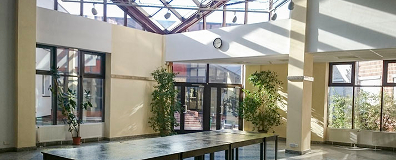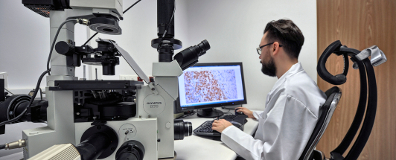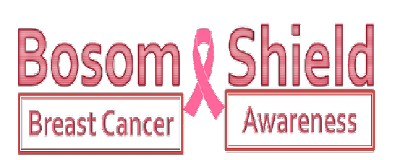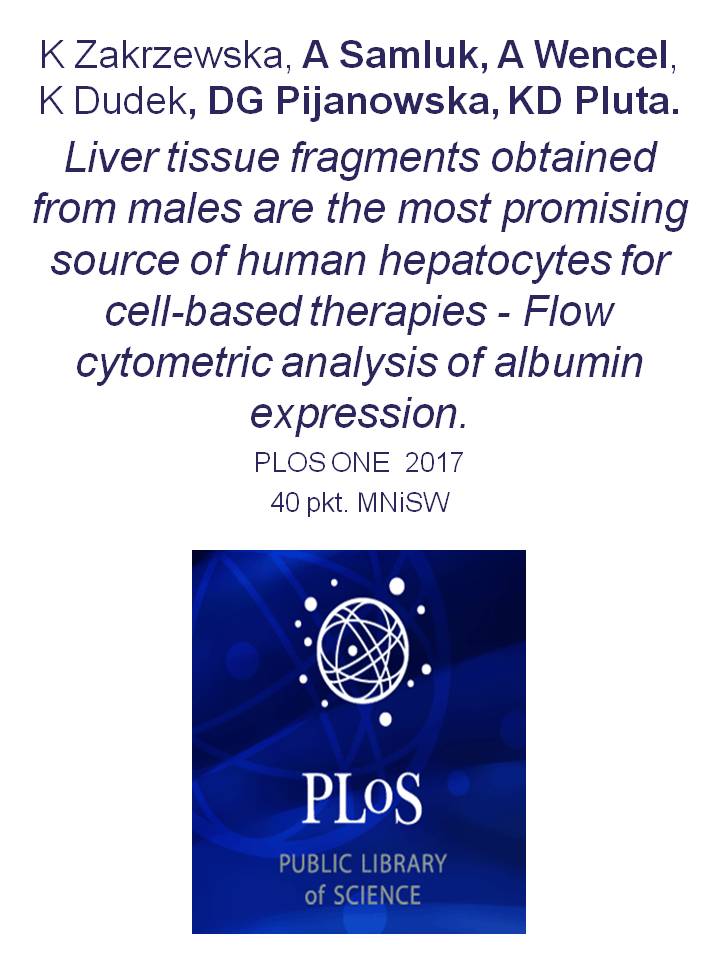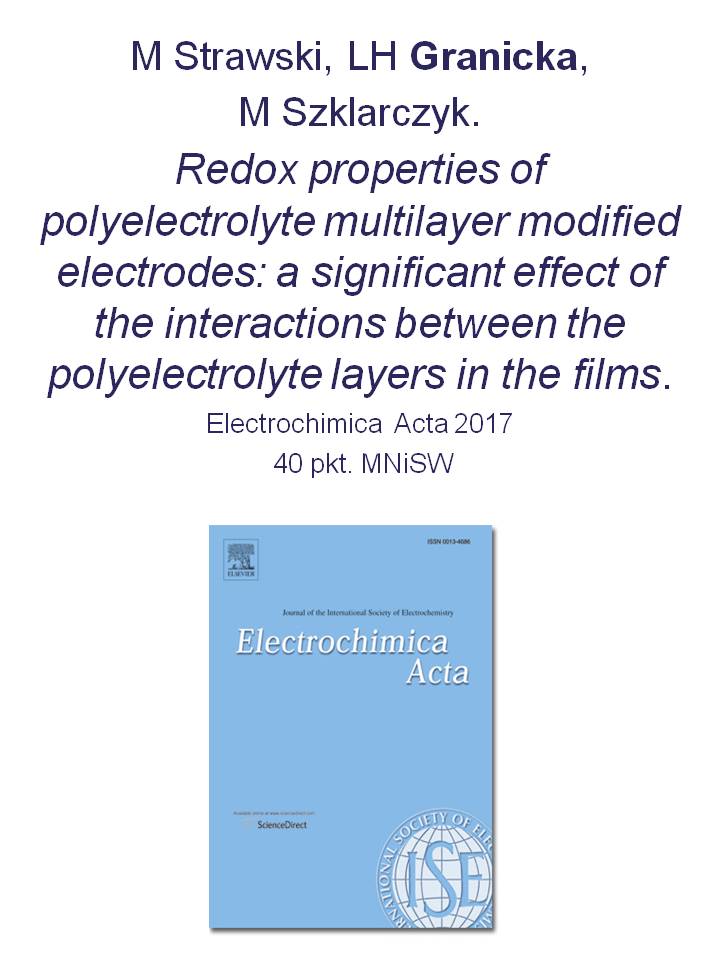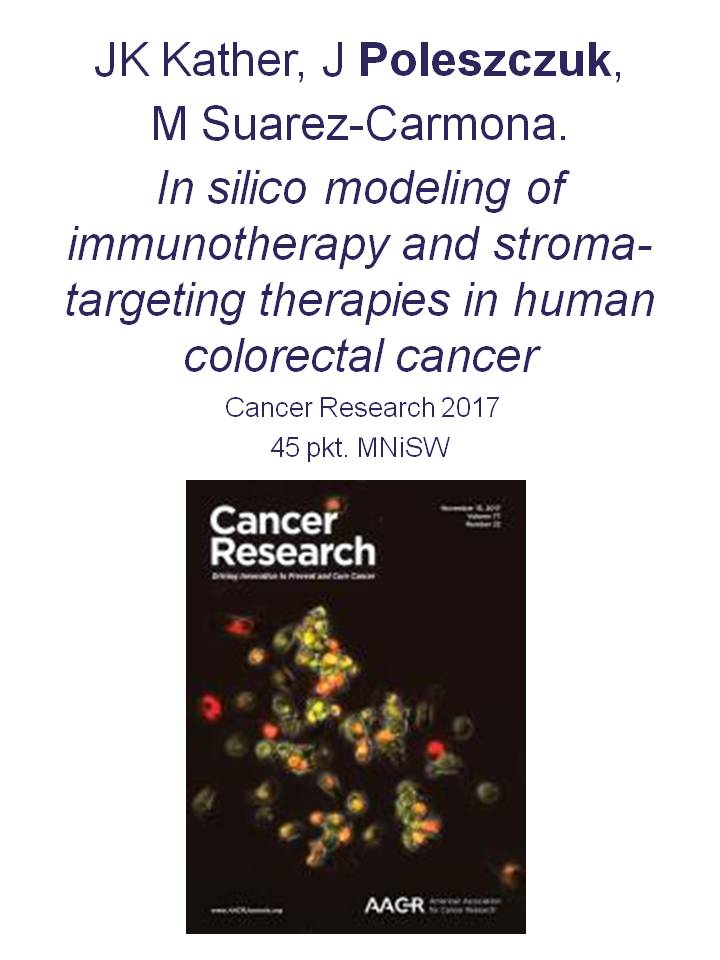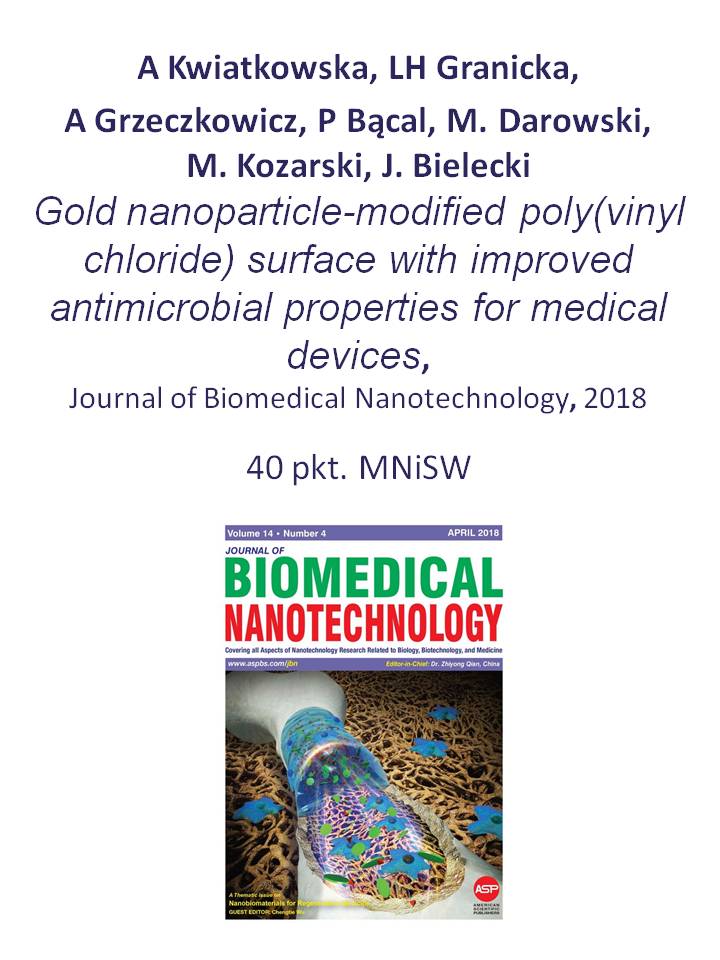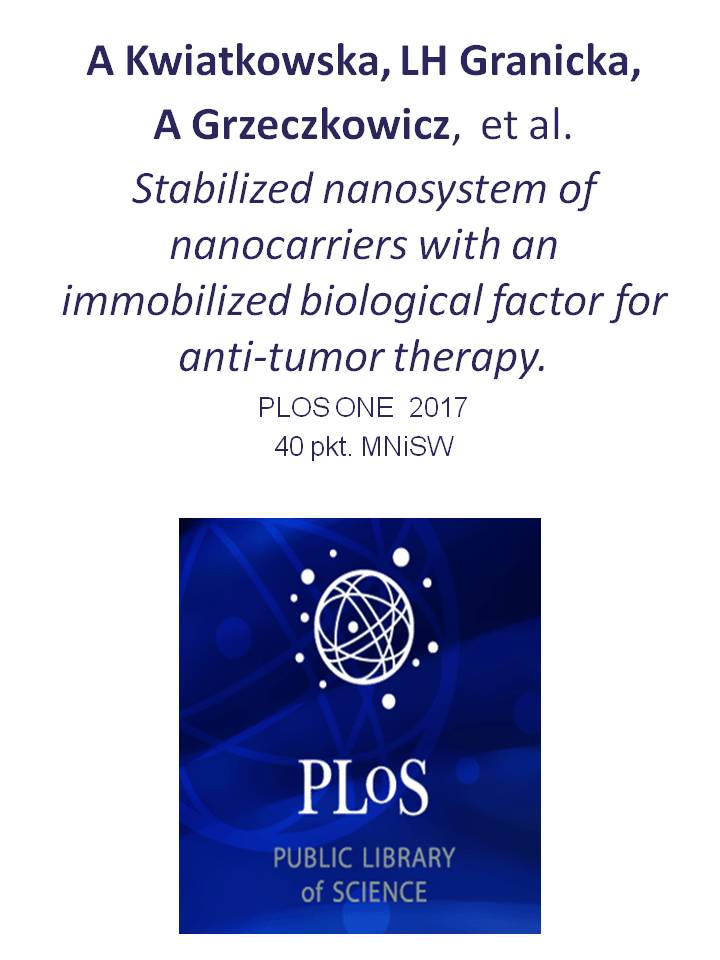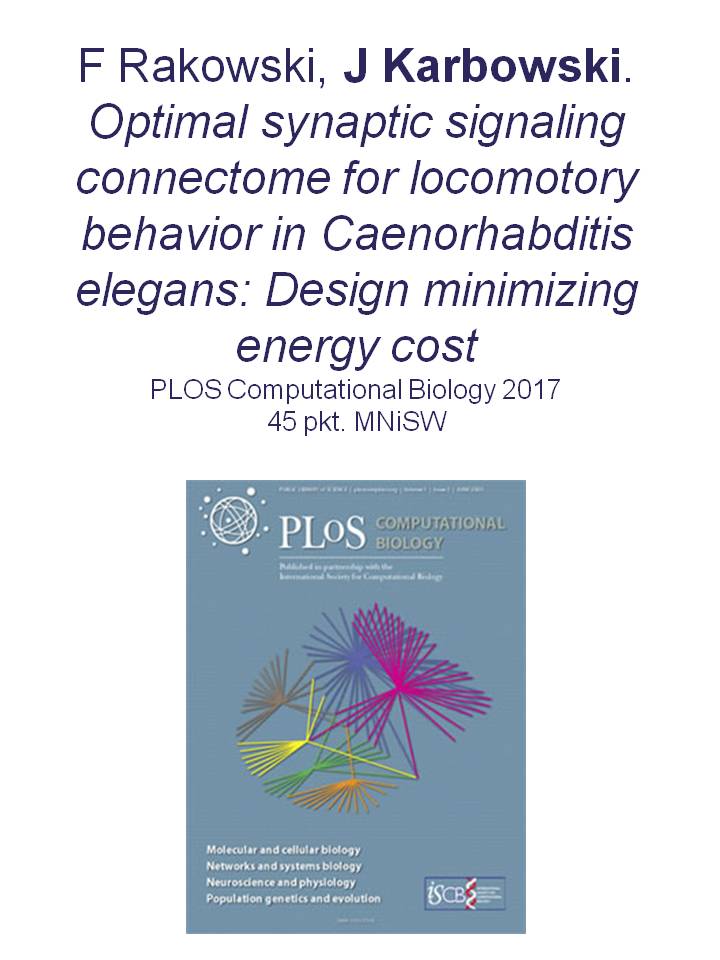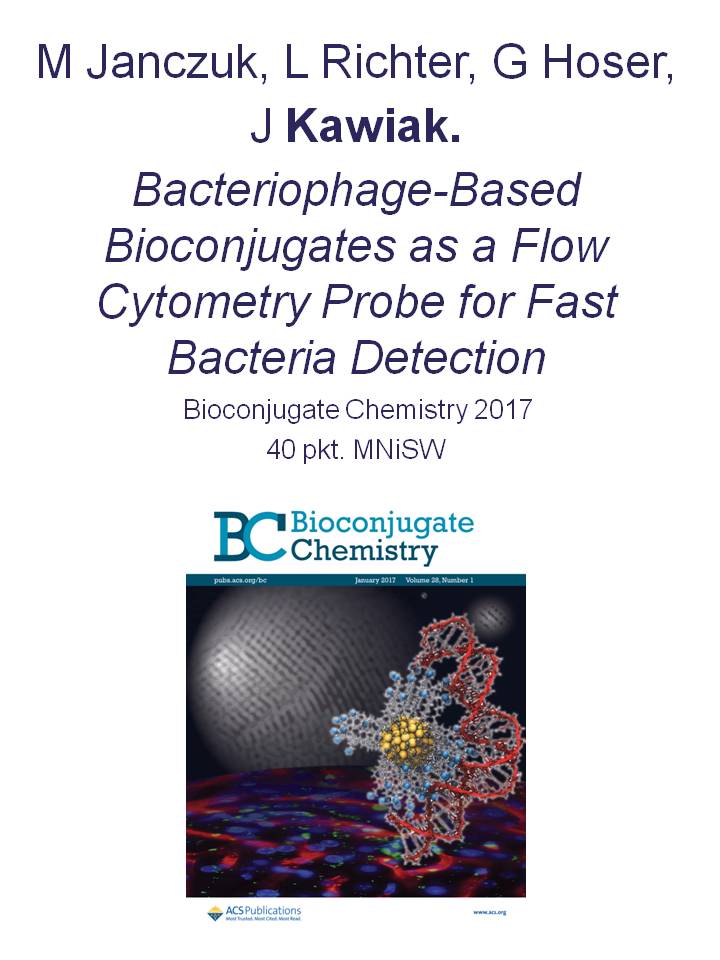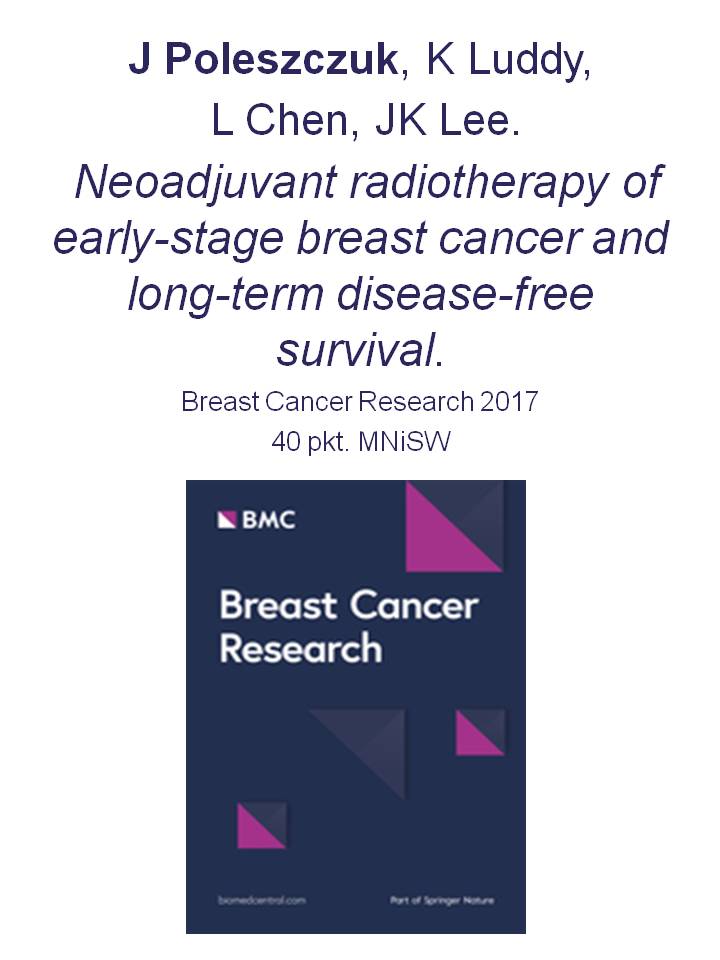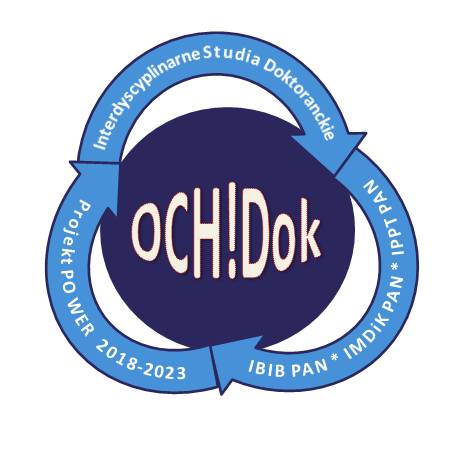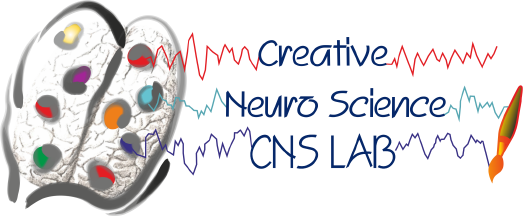164th ICB SEMINAR
Quantitative diffuse optical methods for neuromonitoring
Chairmen:
Keith St. Lawrence, University of Western Ontario, Lawson Health Research Institute
Adam Liebert, Nalecz Institute of Biocybernetics and Biomedical Engineering PAS
Secretary:
Anna Gerega, Nalecz Institute of Biocybernetics and Biomedical Engineering PAS
June 17 - 20, 2019, Warsaw, Poland
On behalf of the International Centre of Biocybernetics (ICB) of the Polish Academy of Sciences we are pleased to invite to take part in the forthcoming Seminar on „Quantitative diffuse optical methods for neuromonitoring”. This meeting will be held in Warsaw on June 17th – 19th, 2019 and will be co-chaired by Prof. Keith St.Lawrence (Canada) and Prof. Adam Liebert (Poland). The Seminar will be related to challenges, applications and limitations of methods based on contrast agent passage, development of quantified parameters useful in cerebral hemodynamics assessment and metrological problems related to application of diffuse optics methods in neuromonitoring. The ICG enhanced NIRS techniques for cerebral perfusion estimation and monitoring, time-resolved NIRS, coherent hemodynamics spectroscopy and broadband NIRS techniques for quantifying cerebral hemodynamics as well as computational methods in NIRS imaging and tomography will be discussed. The Seminar will also address problems of application of these methods from clinicians point of view. Among invited speakers are: Arjun Yodh (University of Pennsylvania), Emanuela Keller (University Hospital Zurich), Sergio Fantini (Tufts University), Davide Contini (POLIMI), Hamid Dehghani (The University of Birmingham), Ilias Tachtsidis (UCL), Turgut Durduran (ICFO).
Contact:
Dr. Anna Gerega - Secretary of the Seminar (Ten adres pocztowy jest chroniony przed spamowaniem. Aby go zobaczyć, konieczne jest włączenie w przeglądarce obsługi JavaScript.)
Invitation in pdf format: click here.
June 18th
| 08.30 – Registration | |
|
09.00-09.10 Welcome address Piotr Ładyżyński / Adam Liebert |
|
|
Session 1 ICG-bolus techniques 1 Chairman: Adam Liebert |
|
| 9.10 ̶ 9.50 |
Cerebral Flow Calibration and Monitoring: Clinical Promise and Challenges Arjun Yodh - University of Pennsylvania (USA) |
| 9.50 ̶ 10.30 | Quantifying Cerebral Hemodynamics by Time-Resolved NIRS Keith St. Lawrence - The University of Western Ontario (Canada) |
Coffee break (30 minutes)
|
Session 2 ICG-bolus techniques 2 Chairman: Keith St. Lawrence |
|
| 11.00 ̶ 11.30 |
Broadband near-infrared spectroscopy (bNIRS) measures oxygenation, metabolism and cerebral blood flow during spontaneous oxygenation changes in neonatal brain injury Ilias Tachtsidis - University College London (UK) |
| 11.30 ̶ 12.00 |
Multiwavelength time-resolved measurements for estimation of brain hemodynamic parameters Anna Gerega – Nalecz Institute of Biocybernetics and Biomedical Engineering (Poland) |
| 12.00 ̶ 12.30 |
Neurotoxic effects of indocyanine green Beata Toczyłowska - Nalecz Institute of Biocybernetics and Biomedical Engineering (Poland) |
Break for lunch (50 minutes)
|
Session 3 Quantitative diffuse optics techniques 1 Chairman: Arjun Yodh |
|
| 13.20 ̶ 14.00 |
Miniaturization, parallelization and depth resolution in laser speckle based blood flow measurements Turgut Durduran - The Institute of Photonic Sciences (Spain) |
| 14.00 ̶ 14.30 |
Influence of intra-abdominal pressure on amplitude of fluctuations of cerebral hemoglobin concentration in respiratory band Piotr Sawosz - Nalecz Institute of Biocybernetics and Biomedical Engineering (Poland) |
Coffee break (30 minutes)
|
Session 4 Quantitative diffuse optics techniques 2 Chairman: Sergio Fantini |
|
| 15.00 – 15.40 |
Computational algorithms in spatial recovery of functional maps in Near Infrared spectroscopic imaging Hamid Dehghani – University of Birmingham (UK) |
| 15.40 – 16.10 |
NIRFAST software package for quantitative time-resolved diffuse optical spectroscopy and tomography Stanislaw Wojtkiewicz - University of Birmingham (UK) |
June 19th
|
Session 5 ICG-bolus techniques 3 Chairman: Turgut Durduran |
|
| 09.30 – 10.10 |
ICG dye dilution measurements with a NIRS ICP brain tissue probe Emanuela Keller - University Hospital Zurich (Switzerland) |
| 10.10 – 10.50 |
Cerebral perfusion assessment using ICG passage: historical perspective Adam Liebert - Nalecz Institute of Biocybernetics and Biomedical Engineering (Poland) |
Coffee break (30 minutes)
|
Session 6 Quantitative diffuse optics techniques 3 Chairman: Hamid Dehghani |
|
| 11.20 – 12.00 |
Coherent Hemodynamics Spectroscopy (CHS) for a quantitative approach to cerebral NIRS Sergio Fantini - Tufts University (USA) |
| 12.00 – 12.40 |
Next Generation Time-Domain Near Infrared Spectroscopy systems Davide Contini - Politecnico di Milano (Italy) |
| 12.40 –13.10 |
Frequency analysis of oscillations in cerebral hemodynamics measured by time domain near infrared spectroscopy Michal Kacprzak - Nalecz Institute of Biocybernetics and Biomedical Engineering (Poland) |
Break for lunch (50 minutes)
|
Session 7 Clinical Perspectives Chairman: Emanuela Keller |
|
| 14.00 –14.30 |
Quantifying brain injury burden in traumatic brain injury; ICG enhanced NIRS techniques and their potential role David Davies - University Hospital Birmingham (UK) |
| 14.30 – 15.00 |
Optical methods in the determination of brain death – clinical considerations Wojciech Weigl - Uppsala University, Akademiska Hospital (Sweden) |
| 15.00 –15.30 |
The relationship between the time of cerebral desaturation episodes and outcome in aneurysmal subarachnoid haemorrhage Agnieszka Uryga - Wroclaw University of Science and Technologyl (Poland) |
| 15.30 –15.40 |
Closing remarks Adam Liebert, Keith St. Lawrence |
- «« Poprzedni
- Następny


